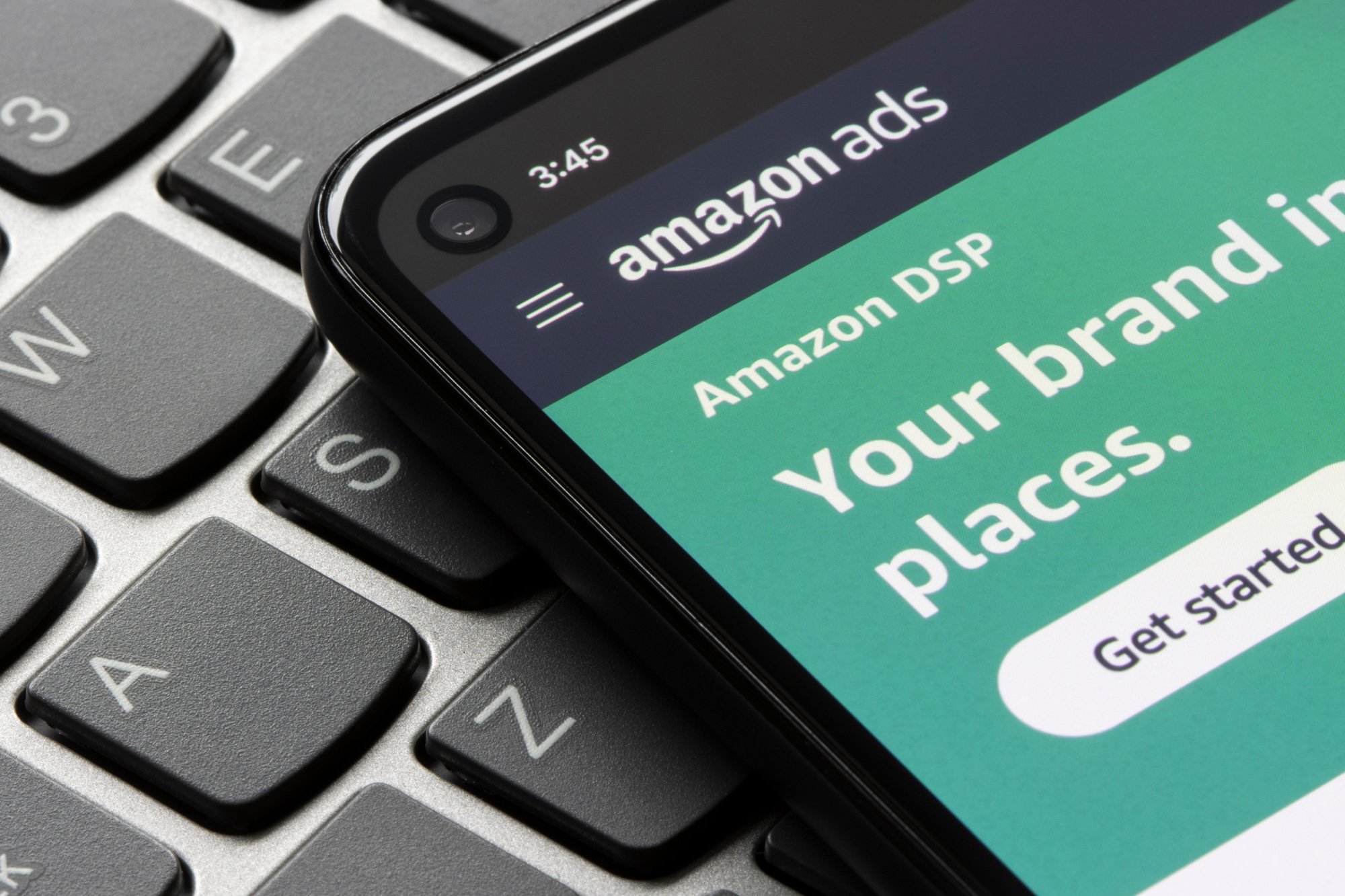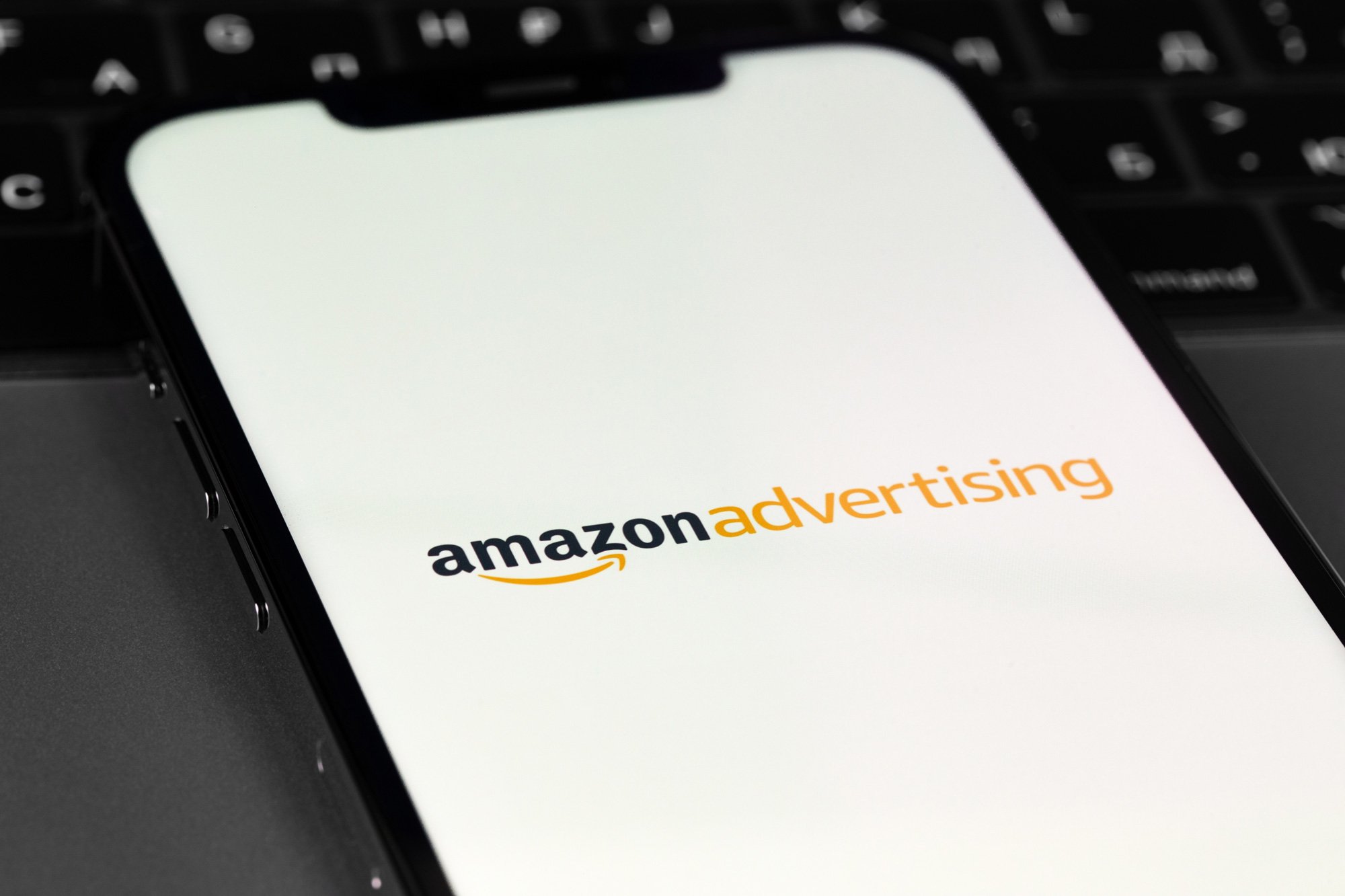RESOURCES
Four Benefits of Competing for Amazon's Paid Search Results Page
In the highly competitive world of e-commerce, the ability to control and influence where your products appear in search results is a powerful advantage. This is particularly true when it comes to Amazon, the largest online marketplace in the world. Amazon's paid search results page can be a battleground for businesses looking to increase visibility and drive sales. Brands can be discouraged by the high costs needed to compete with top-of-search placements, and may even be limited in competing due to budget constraints. However, Code3 Search Strategists have seen firsthand how those upfront costs can often reap long-term benefits.
Landscape of the Amazon SERP
There are two ad types that compete for the top-of-search placements on Amazon: Sponsored Brand and Sponsored Product:
Sponsored Brand
Sponsored Brand will often be the first ad placement shoppers see when searching for a product. This ad type comes with many unique capabilities, including the ability to highlight up to 3 products, lead traffic to a brand store, and display creative (logo, headline, lifestyle imagery). There is also Sponsored Brand Video which can now compete directly with traditional Sponsored Brand placements displaying video creative.
The features Sponsored Brands offer are all benefits and should be used within your typical search advertising strategy. However, Code3 Search Strategists see significantly higher costs associated due to the limited available ad inventory. Across Code3 agency managed campaigns this year, Sponsored Brand Cost-Per-Clicks have been 23% more expensive than Sponsored Product.
Sponsored Products
The other ad unit to consider in a top-of-search strategy is Sponsored Product. Sponsored Product ads are located directly below the Sponsored Brand ad, and are traditionally less competitive, as they have more available ad inventory. These are typically viewed as product listings prioritized in search results from the ad auction. All click traffic will lead directly to the displayed product’s listing.
Now that we understand the page one ad landscape on Amazon and the limited spots available, it is easy to understand how costs can quickly add up. Let’s now look at some of the benefits to facing those upfront costs with a dedicated advertising strategy.
Improved Visibility
The primary benefit of owning Amazon's paid search results page is improved visibility. When your products consistently appear at the top-of-search results, you are more likely to catch the attention of potential customers. This increased visibility can lead to more clicks and, ultimately, more sales. Being on the first page of search results is critical because most users rarely venture beyond the first few results when they are in the consideration phase of purchasing. Through using Share of Voice data through the Amazon ad console, along with more hashed-out 3rd party platforms, we can interpret the success of owning those top-of-search placements by understanding the percentage of time we are winning ad placements.
Enhanced Click-Through and Conversion Rates
When your products are displayed prominently in the paid search results, it’s about enticing potential customers to click on your listings. Having control over the page offers more data to support optimizing your product listings and ad creative to be more compelling. As a result of increased optimizations, you'll experience higher click-through rates, increasing your chances of converting those clicks into actual sales.
Using our Code3 agency managed data in Q3 of 2023, we found that Click-Through Rates were 476% higher for top-of-search than rest of search placements. This also translated directly to conversion activity as Conversion Rates were also 62% higher. Rarely do we see the data support a strategy so clearly. So even while Cost-Per-Clicks were 49% higher for top-of-search during the same time period, we can see that the benefits simply outweigh the risks in the long-run.
Brand Awareness/Consideration
The more frequently your products appear in the top search results, the more your brand becomes recognized and trusted by shoppers. As you gain control over the paid search results page, your brand awareness naturally increases. Customers are more likely to consider your products as reliable and high-quality options when they see your brand consistently. With Sponsored Brand ad units now taking up a significant portion of the desktop and mobile SERP, it is now easier to weed out competition from that consideration.
Boosted Sales and Revenue
Ultimately, the benefits of controlling Amazon's paid search results page all lead to one essential outcome: increased sales and revenue. As your visibility, click-through rates, and brand recognition improve, your business's bottom line should also naturally see positive growth through time. Here we can look towards growth not only in ad results, but also through organic sales based on the additional consideration and overall activity the brand is receiving. Best Seller Ratings, market share, and organic sales are all factors that should be considered when running this kind of approach.
Case Study: Market Share Growth Using Paid SOV
In 2022 our Search Strategists ran a test for a brand within the Office Electronics category that had experienced an influx of new competition offering lower, competitive price points, causing a loss in their market share. We wanted to see how leaning into top-of-search ownership could potentially benefit their ownership in category market share. Through this test we increased investment towards Sponsored Product and Sponsored Brand on a planned set of ASINs and their top relevant search terms. We then also used 3rd party Share of Voice (SOV) data tracking to help support our efforts in gaining top-of-search relevance.
The main factors we adjusted were leveraging top-of-search bid modifiers along with increasing our investment considerably throughout an entire year. We also were attentive to ongoing suggested bid levels by Amazon to ensure we were comfortably above suggested rates.
By increasing our ad spend from the previous year weighting towards these top-of-search efforts, our Paid Share-Of-Voice increased from 21% to 82% in Q1 to Q4. This growth in paid ownership came with obvious increases such as click and conversion lifts which all can play a part in accelerating the Flywheel Effect. However, more importantly, we increased our Amazon sales market share by 36% in Q4 from the previous year in their relative category. This showed we were able to drive tangible impact to the larger business from this approach.
Strategic Considerations
When going after a heavy top-of-search strategy, it is important to consider there will likely be a short-term decline in return on investment due to the immediate rise in costs. It’s critical to remember this strategy must be looked at as a long-term play in order to be truly successful.
If immediate return is top of mind for you or your brand, start testing on a smaller set of products before scaling at large. Start with low risk, top rated and retail ready ASINs within your product mix as these products will respond best to the additional exposure. Our other best practice is to perform keyword research on the top performing search terms for your set of products. There you can focus the test on those top 10-20 targets that will drive the most impact, taking sales, clicks, and return on ad spend all into account. With this setup you can analyze the impact to the smaller set of products and determine if this strategy is right for your brand long term.
Next, always consider timing. Amazon will have ongoing tentpole events like Prime Day or Black Friday/Cyber Monday that can make this strategy more difficult with added competition. There are benefits to staying active during those time frames with added in-market shopping activity. However, our best approach is to plan and determine how much you are willing to spend and from there you will understand if you can front the costs or save the dollars for more normalized times.
Lastly, know how you will determine the success of this test, and keep in mind measures of success must rely on looking at longer data sets like quarterly or yearly comparisons. Advertising metrics to consider are impressions to track visibility, clicks to track consideration, or conversions to track immediate sales. More importantly, we recommend complementing ad metrics with Vendor Central or Seller Central metrics such as shipped cost of goods sold or units sold to understand how ad lift is relating to organic sales. Also consider using other data based on your brand’s reporting capabilities such as share of voice, best seller rating, or market share as the perfect gauges of success.
The ability to control Amazon's paid search results page offers a multitude of benefits for businesses on the platform. From increased visibility and click-through rates to higher conversion rates and brand awareness, it's a powerful tool for driving long term success in the e-commerce world. By keying in on this aspect of Amazon advertising, your business can thrive in a highly competitive marketplace. Whether it’s a small test or a long-term, larger effort, optimizing your paid search strategy can make a big impact.
Need help with your Amazon advertising strategy? Contact us to see how we can help.
SIMILAR POSTS YOU MIGHT BE INTERESTED IN:
SIGN UP FOR OUR WEEKLY NEWSLETTER

News, Views, and Valuable Resources
Delivered to Your Inbox Each Week




